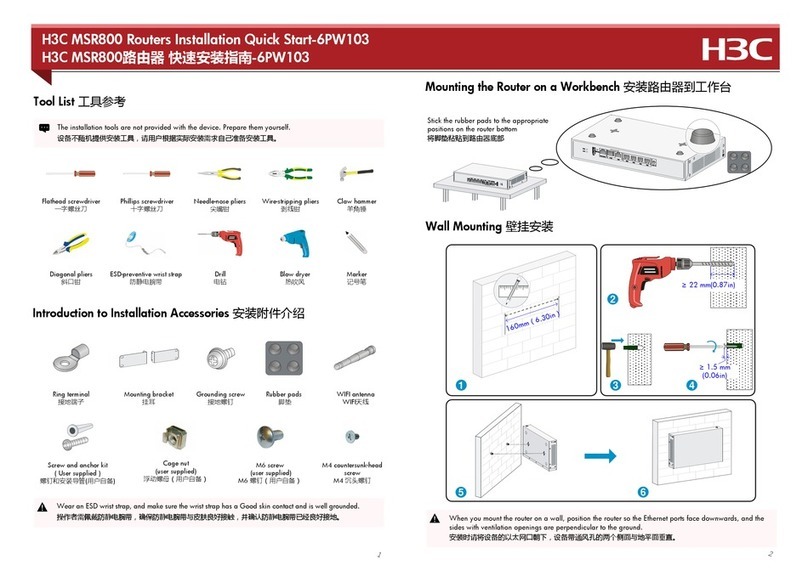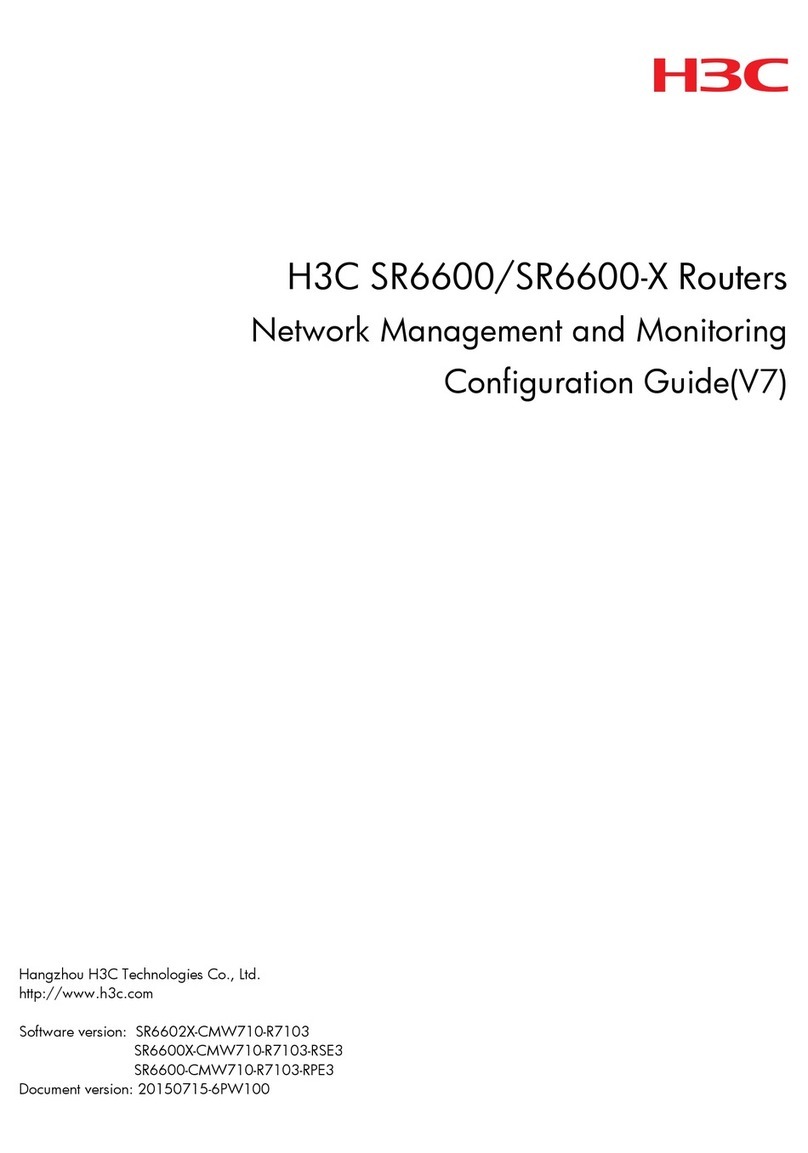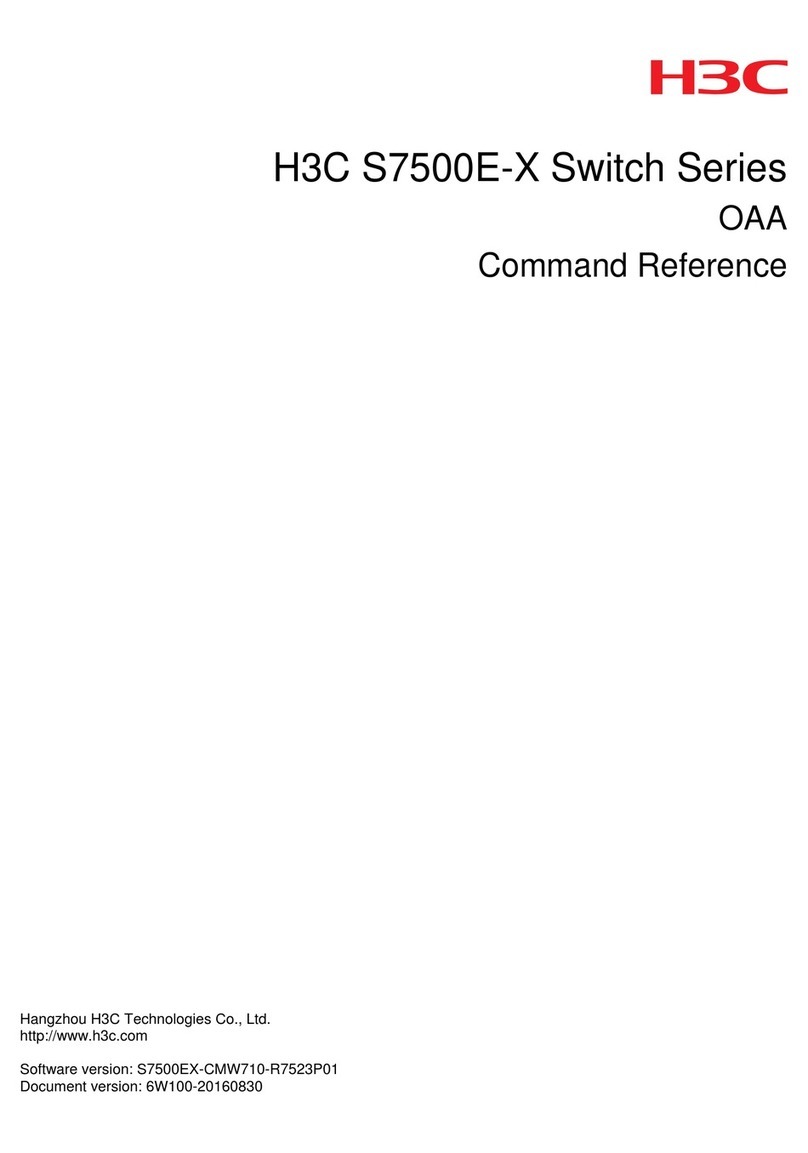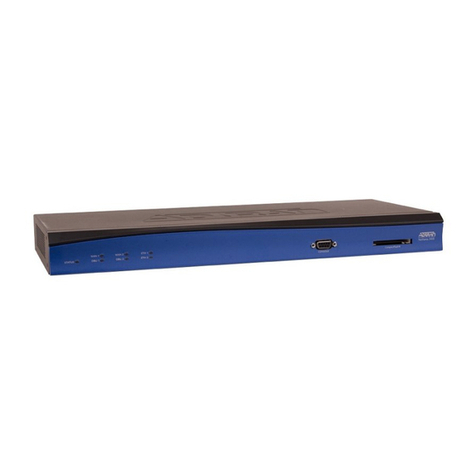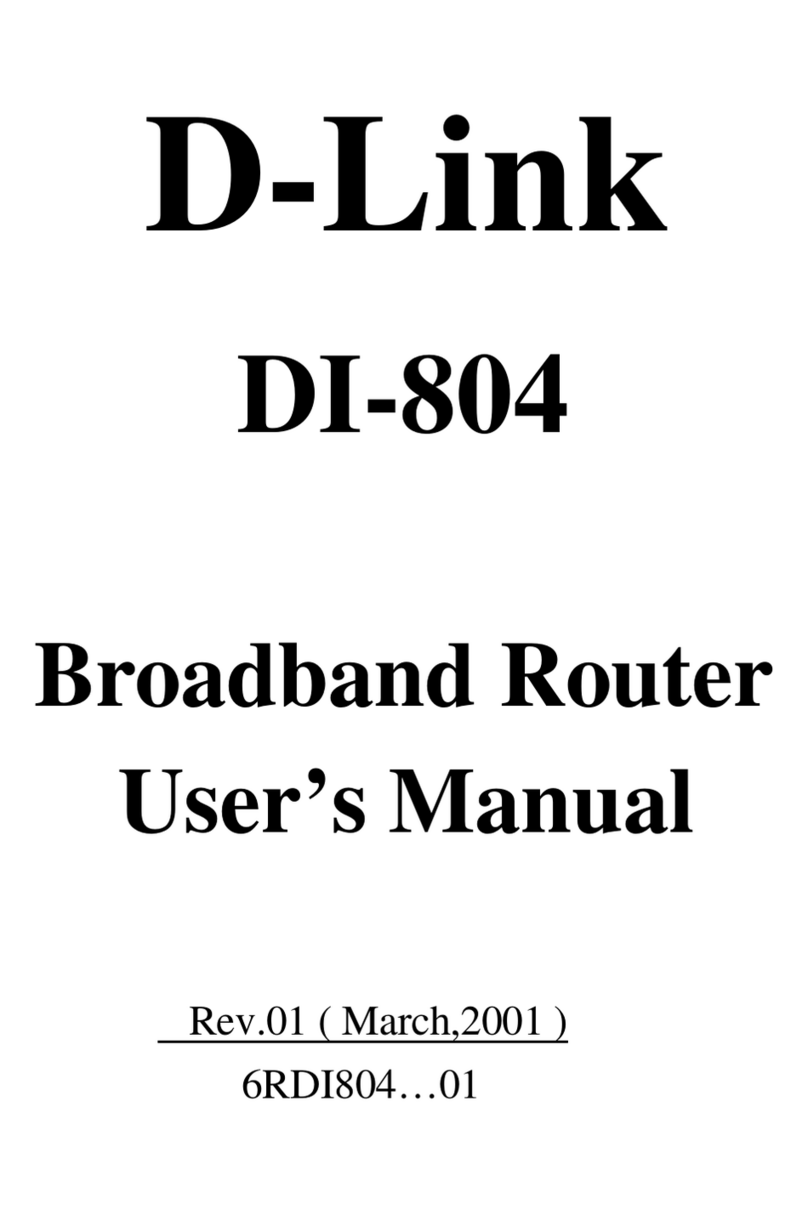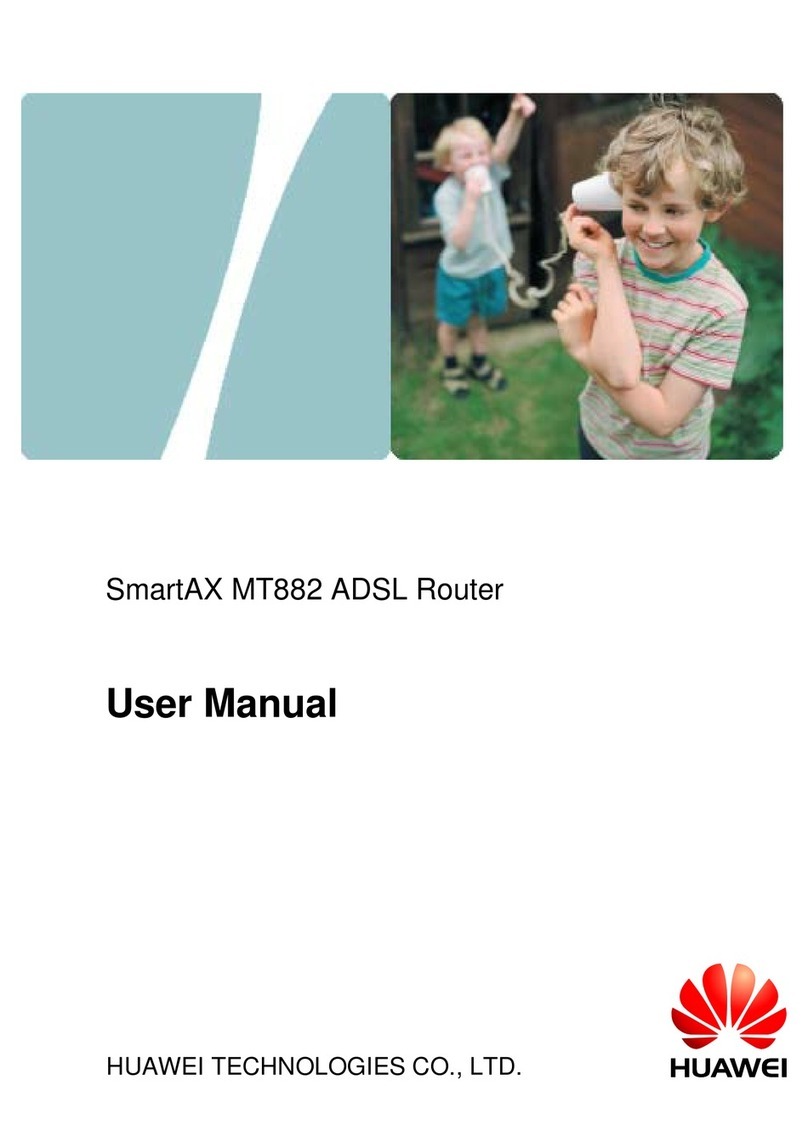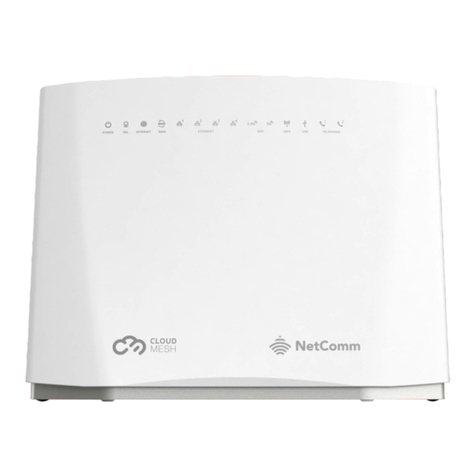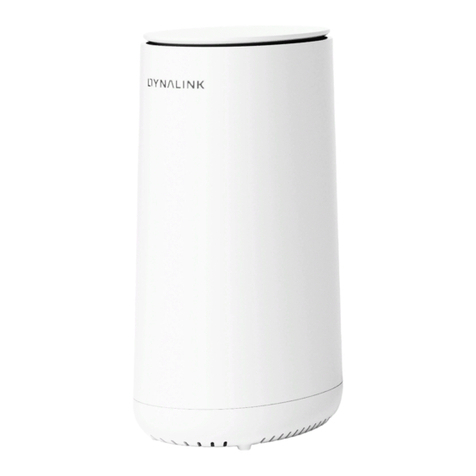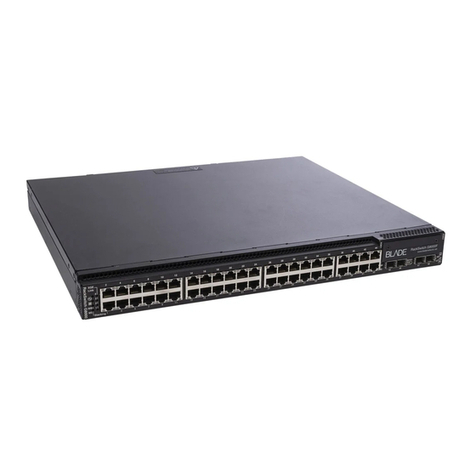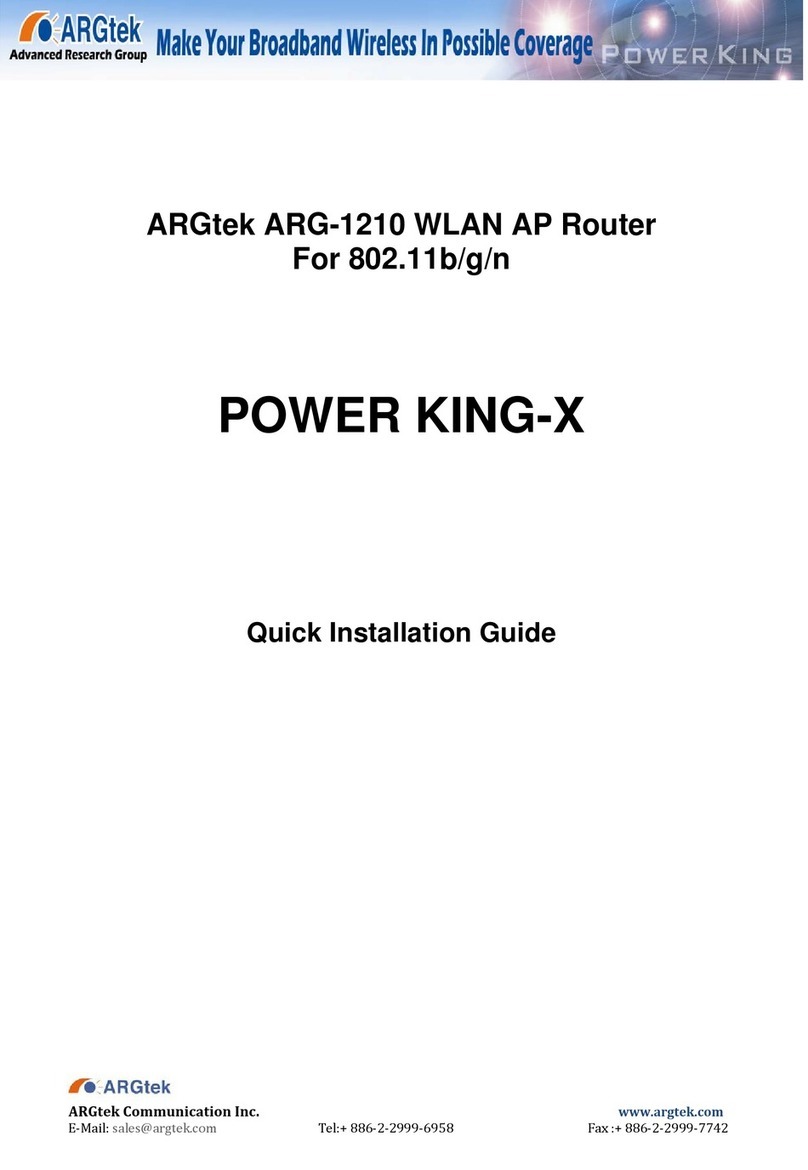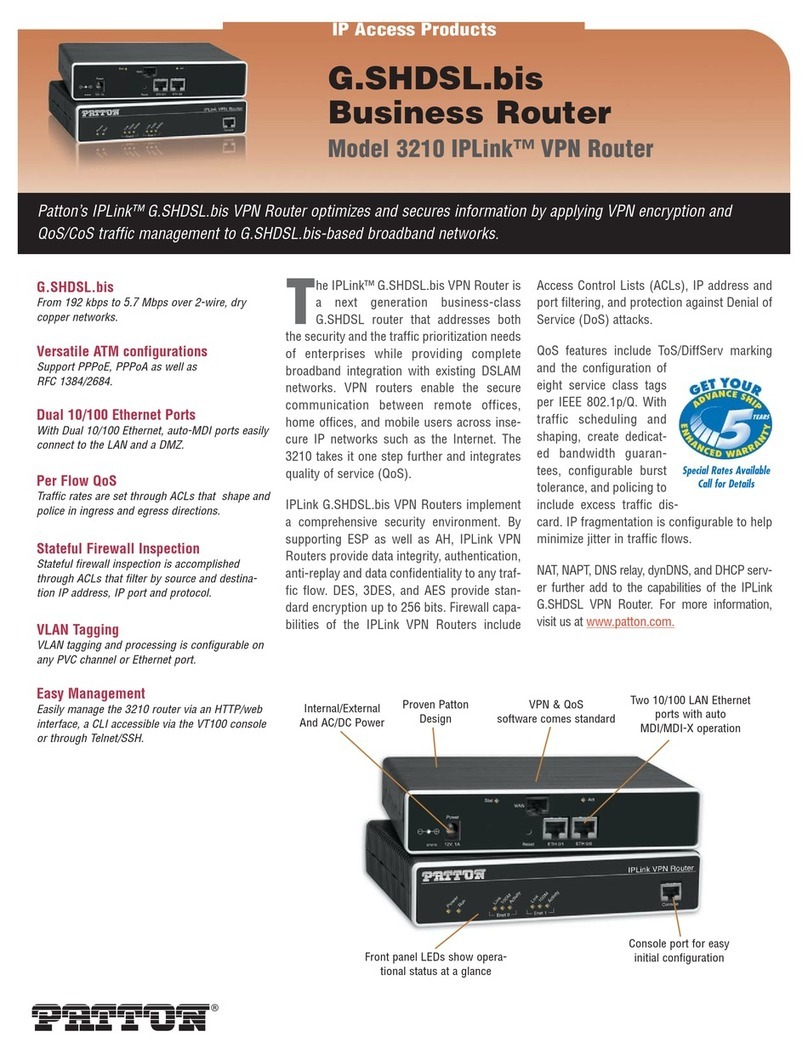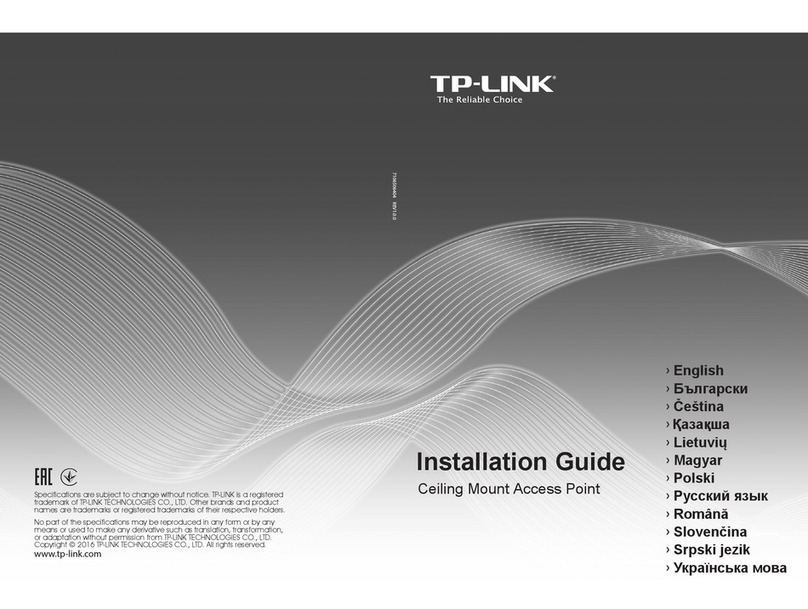H3C CR16000-F User manual














Other manuals for CR16000-F
8
Table of contents
Other H3C Network Router manuals
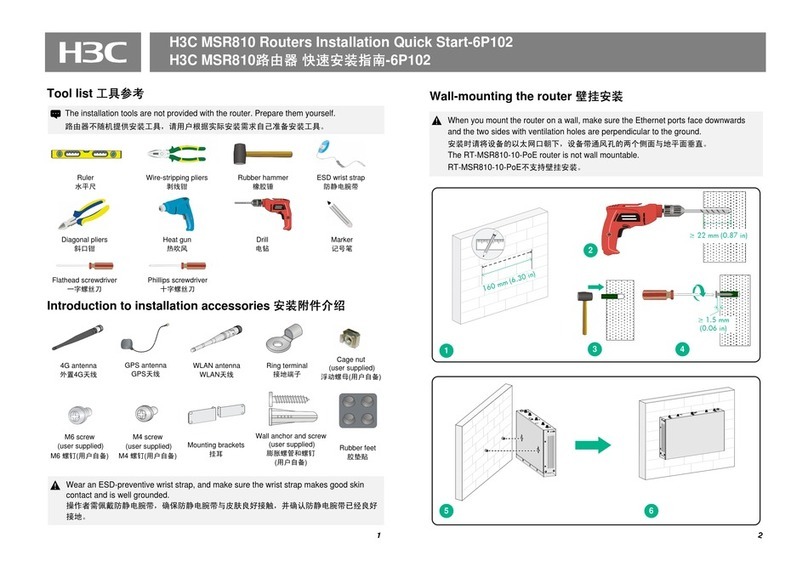
H3C
H3C MSR810 Operating and maintenance manual
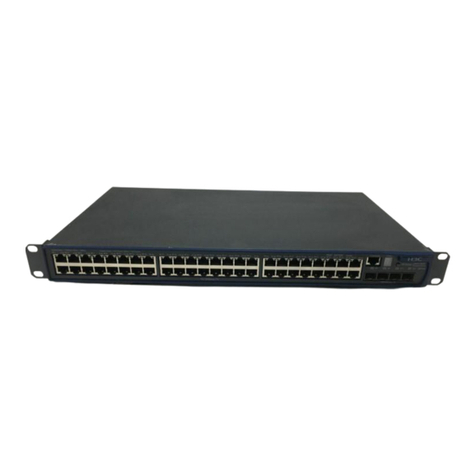
H3C
H3C S3100-52P User manual
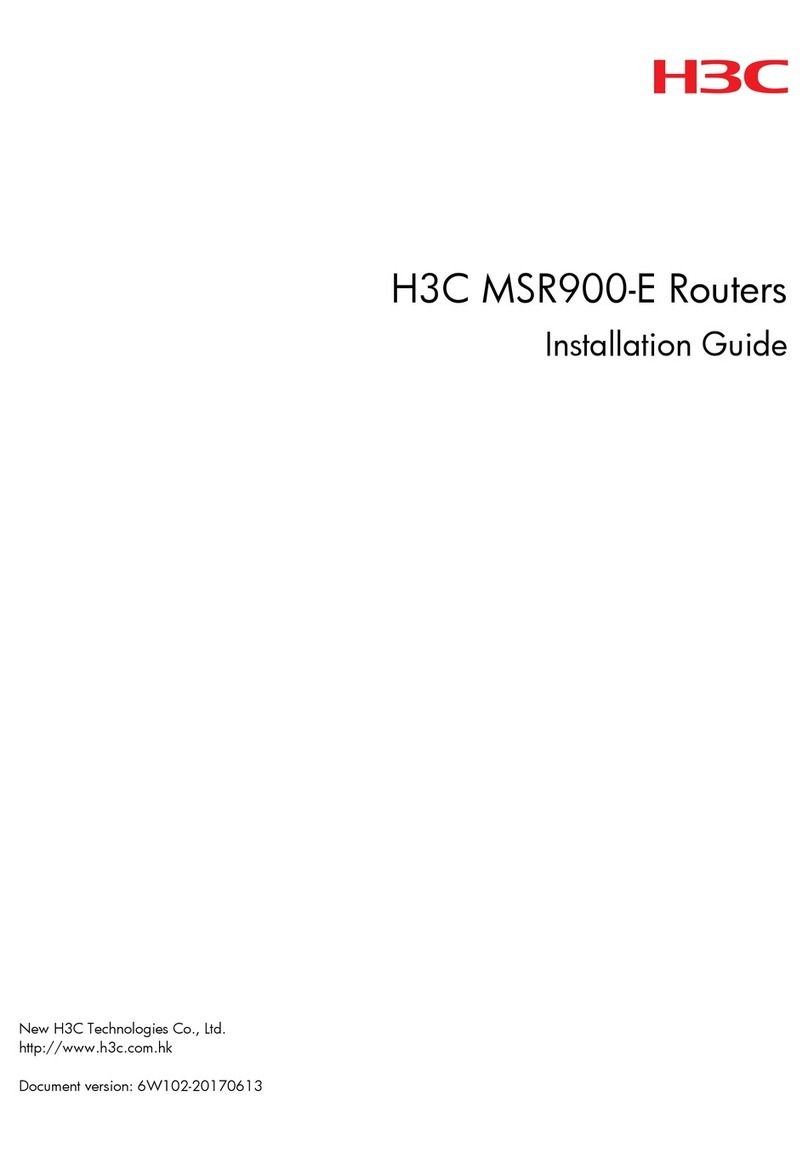
H3C
H3C MSR900-E Series User manual
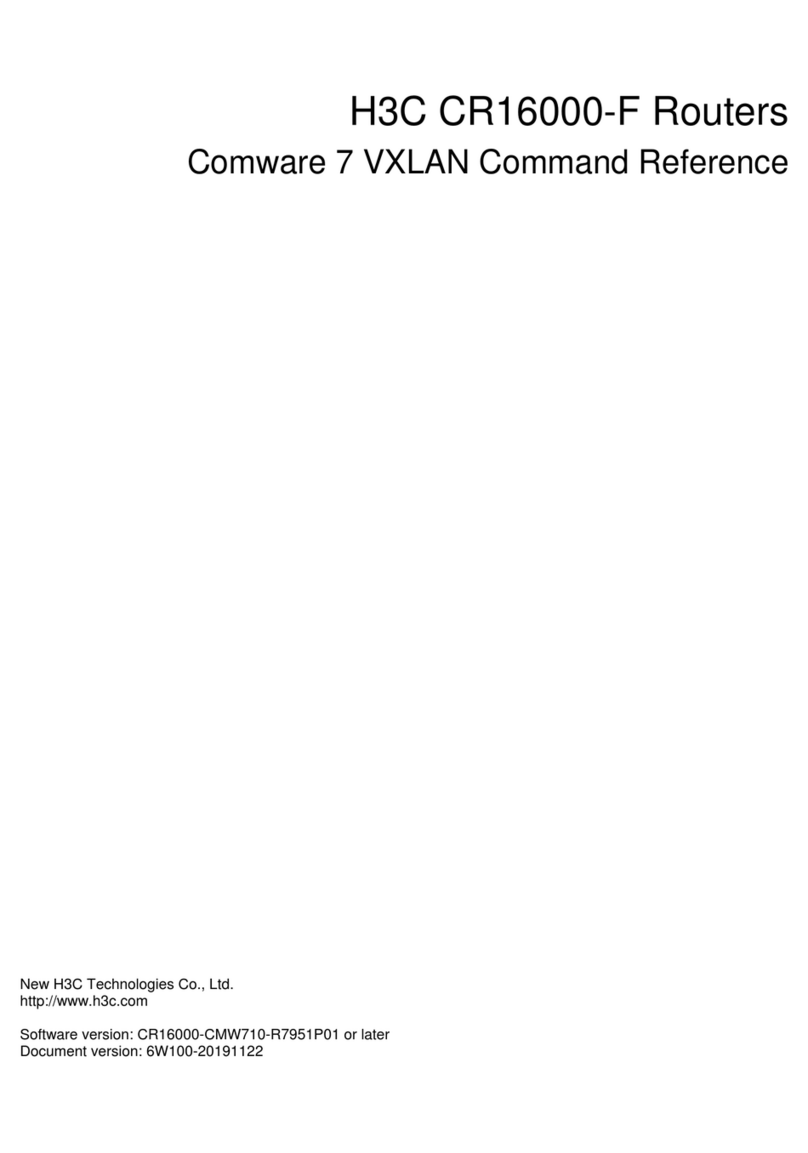
H3C
H3C CR16000-F Installation manual
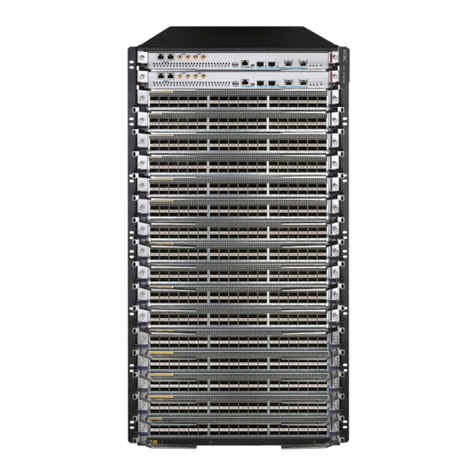
H3C
H3C S12500R Series Quick guide
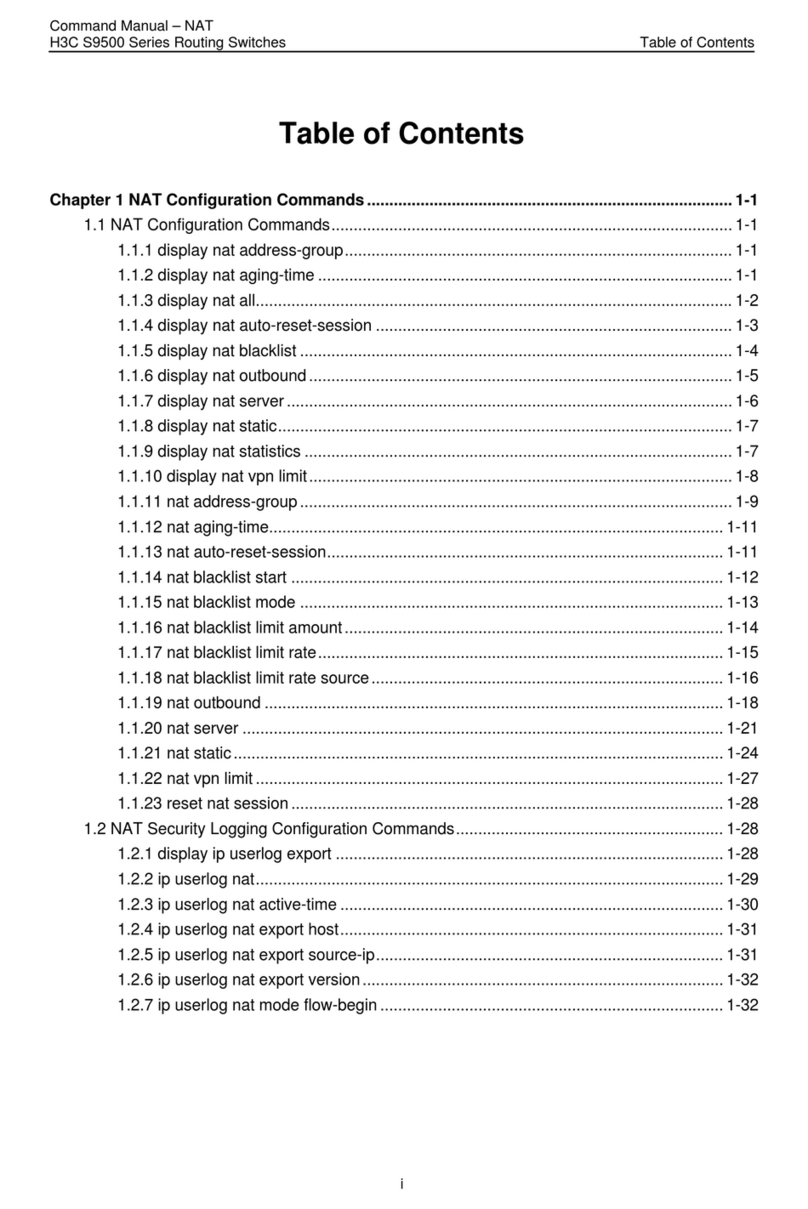
H3C
H3C S9500 Series Installation instructions
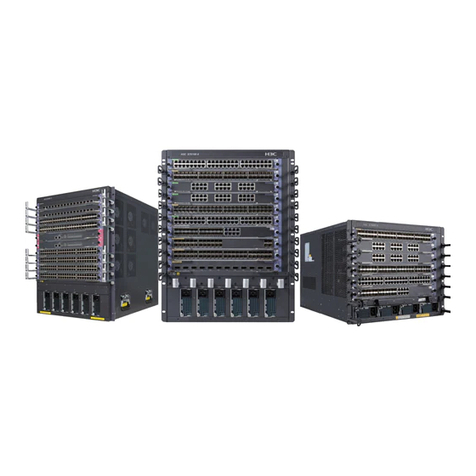
H3C
H3C H3C S7500E Series Installation manual
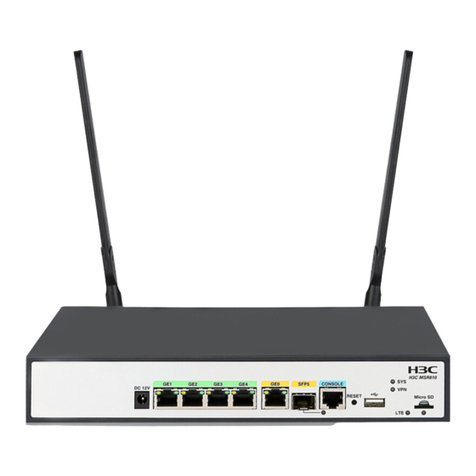
H3C
H3C MSR810 User manual
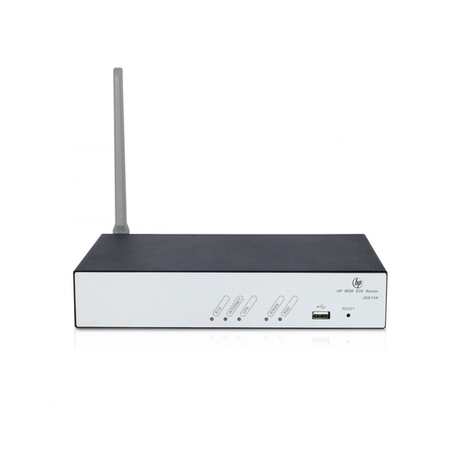
H3C
H3C MSR 930 User manual
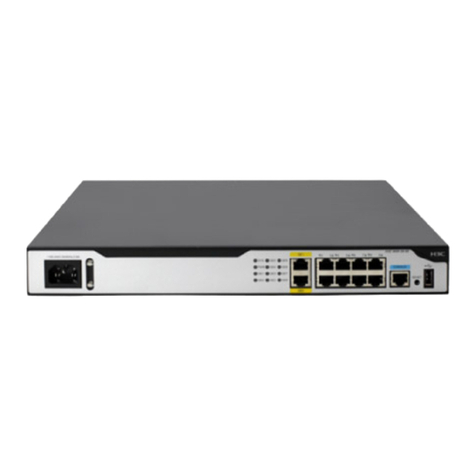
H3C
H3C MSR 2600 Series User manual
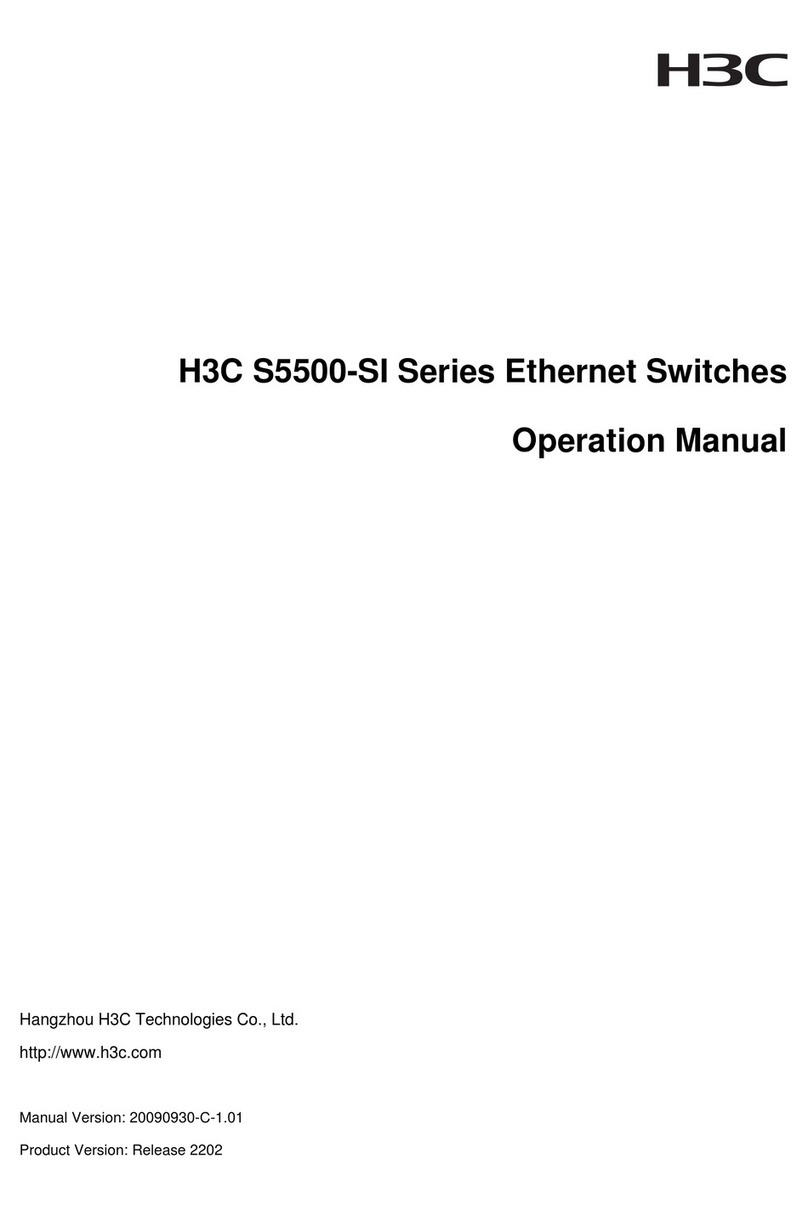
H3C
H3C S5500-SI Series User manual

H3C
H3C SR6600 SPE-FWM Installation manual
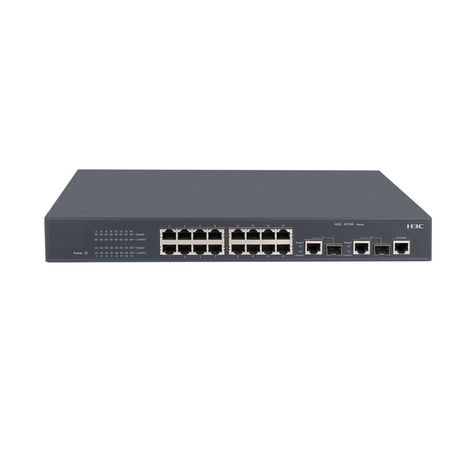
H3C
H3C S3100 Series Installation instructions
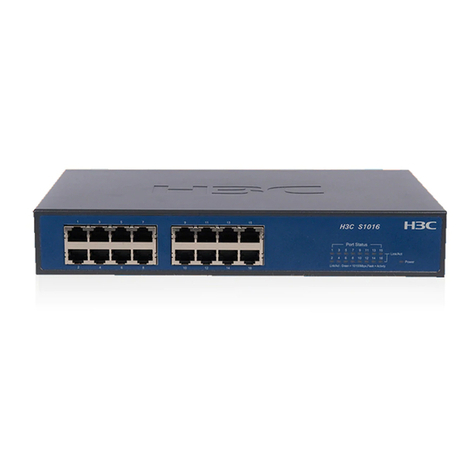
H3C
H3C S1016 User manual
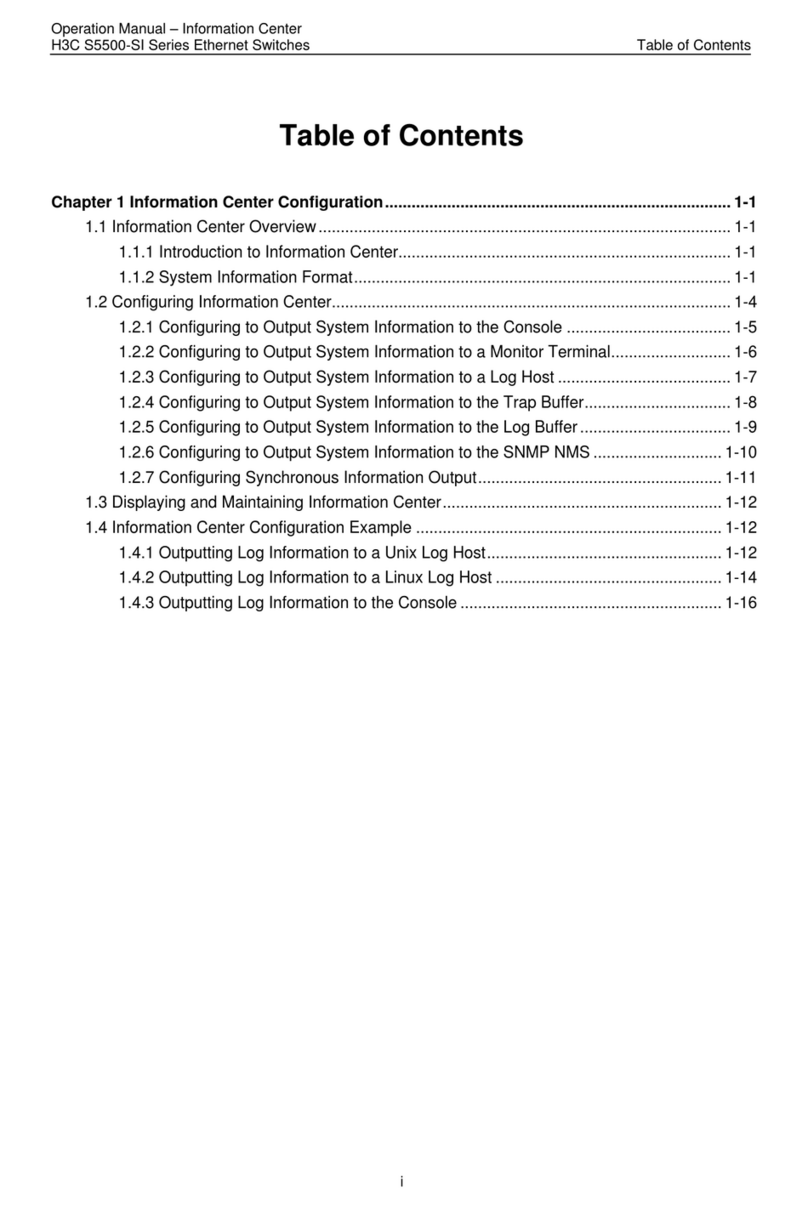
H3C
H3C S5500-SI Series User manual
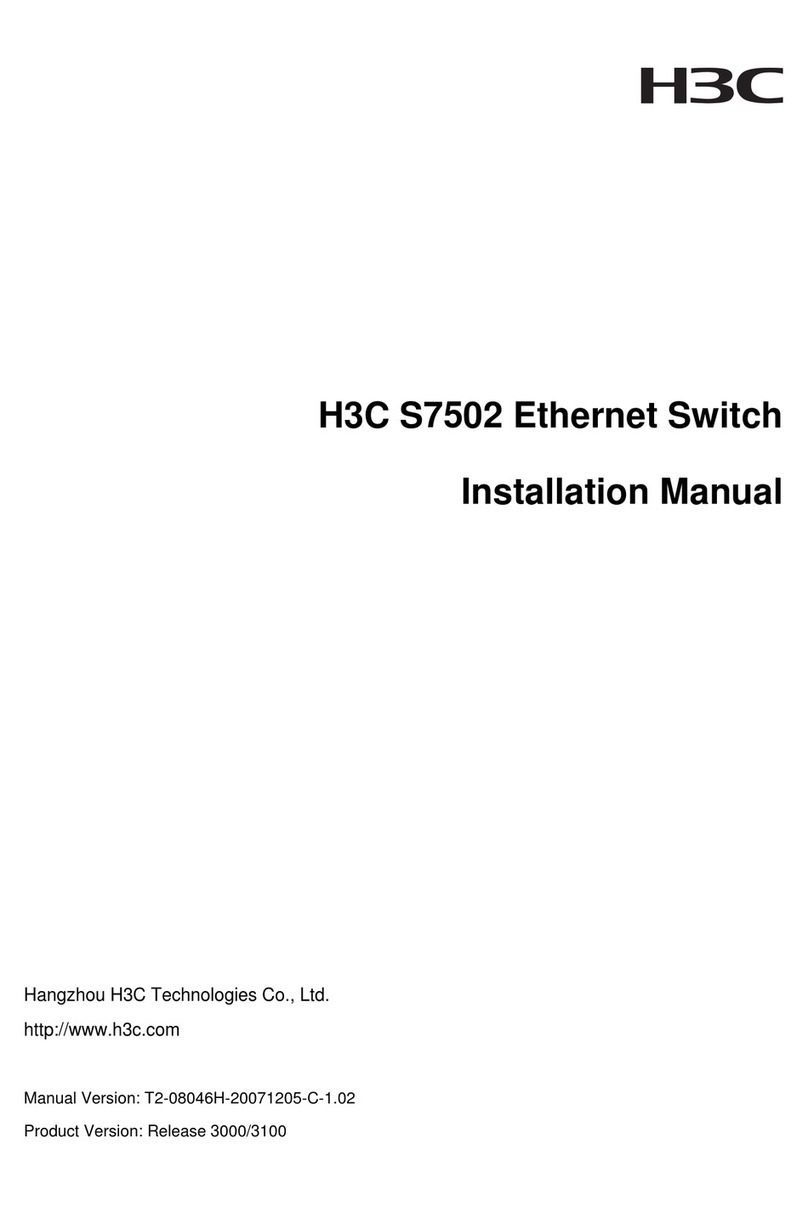
H3C
H3C S7502 User manual

H3C
H3C S9500 Series User manual
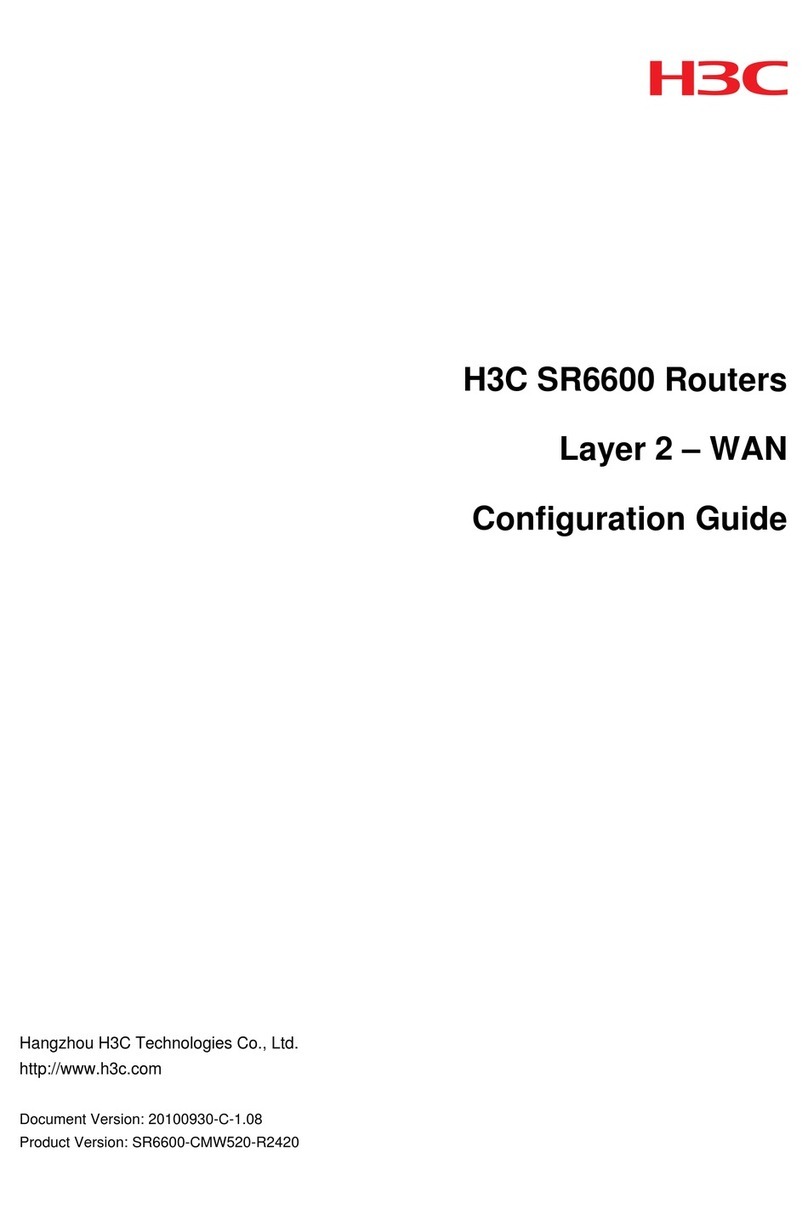
H3C
H3C SR6600 SPE-FWM User manual
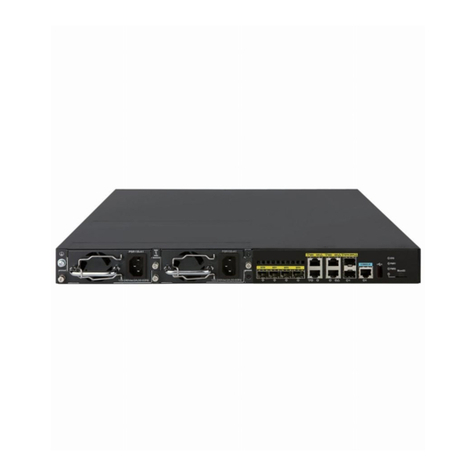
H3C
H3C MSR 2600 Operating and maintenance manual
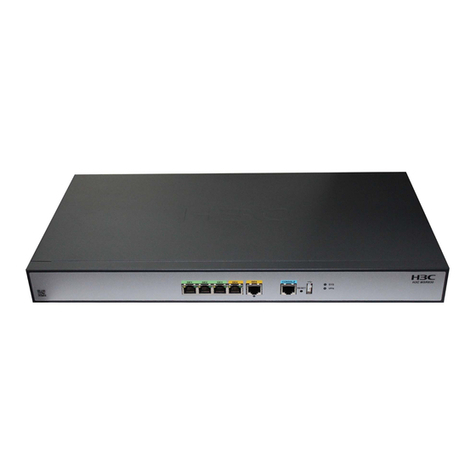
H3C
H3C MSR Series Installation manual
Popular Network Router manuals by other brands
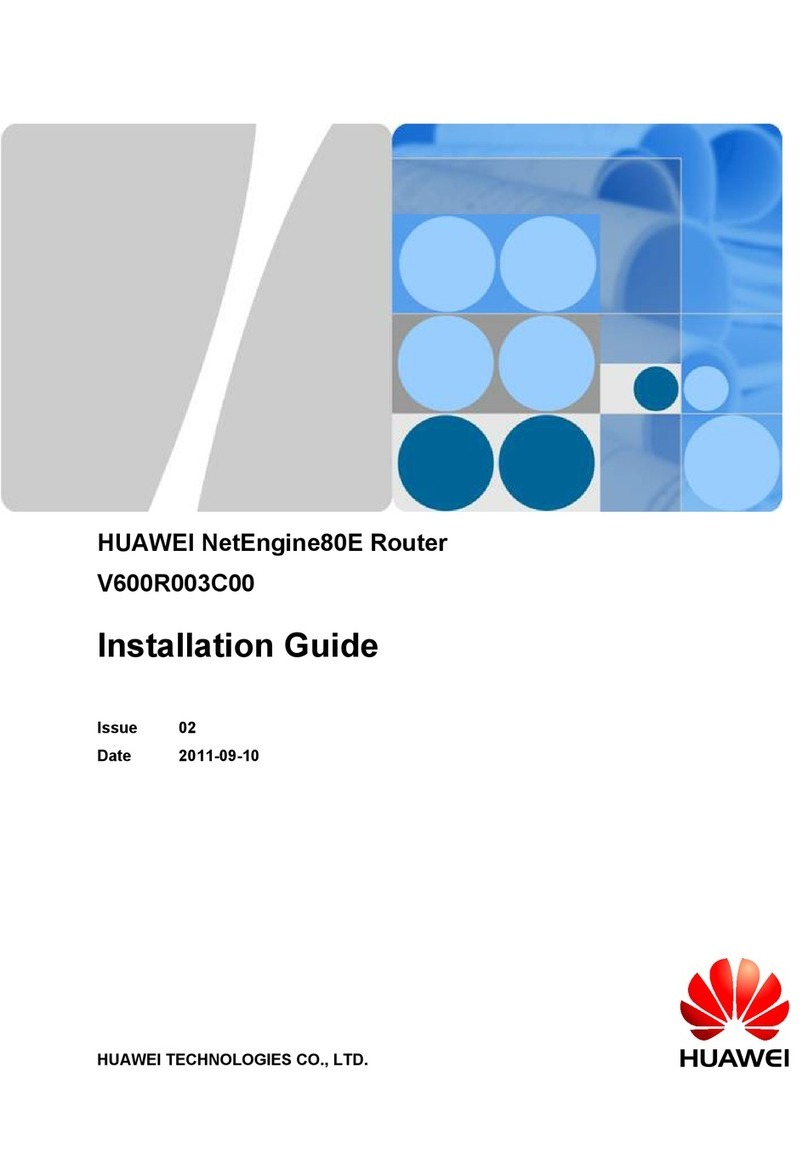
Huawei
Huawei Quidway NetEngine80E installation guide
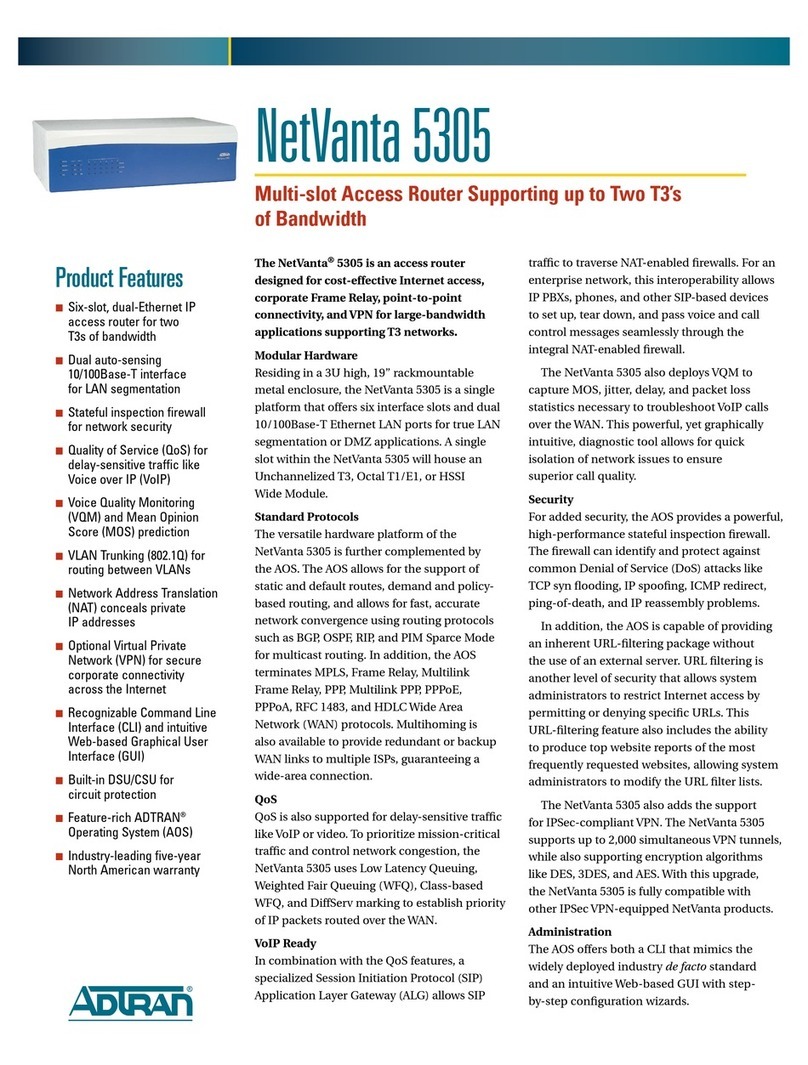
ADTRAN
ADTRAN NetVanta 5305 Specifications

NETGEAR
NETGEAR FS205 installation guide
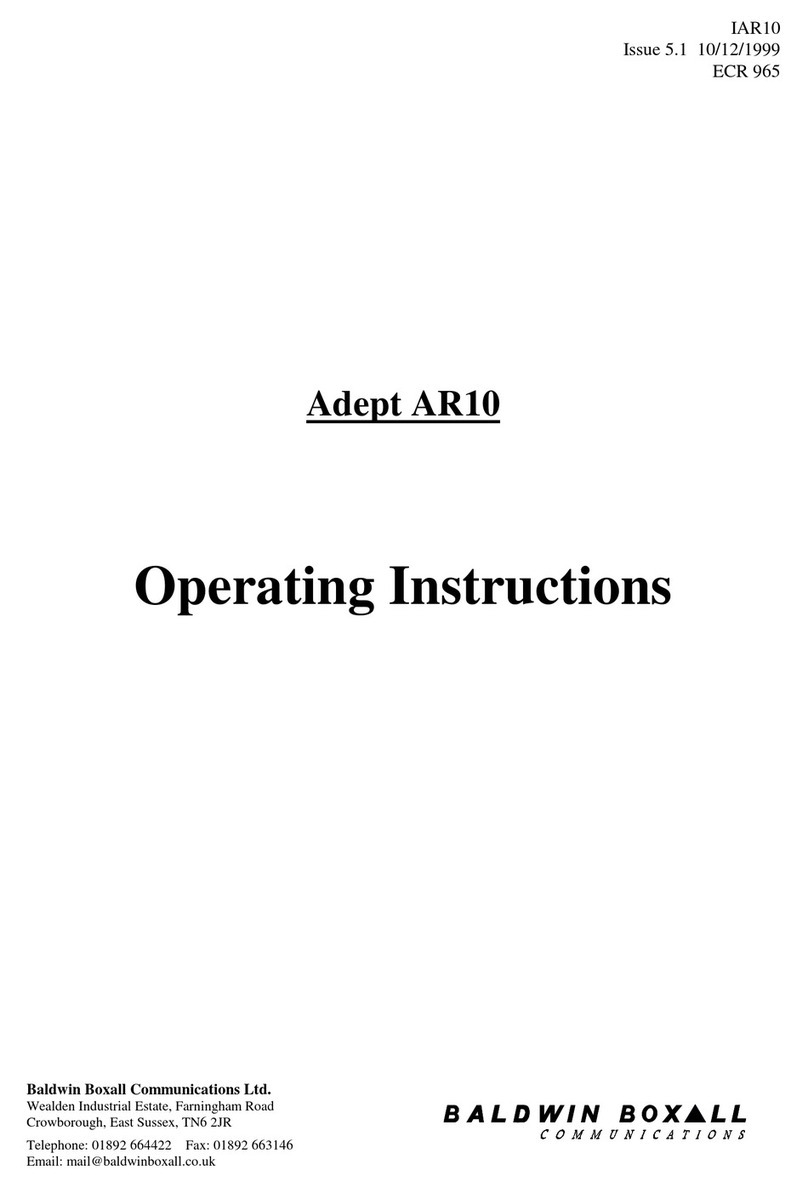
Baldwin Boxall
Baldwin Boxall Adept AR10 operating instructions

Advantech
Advantech B&B SmartWorx ESWGP506-2SFP-T user manual
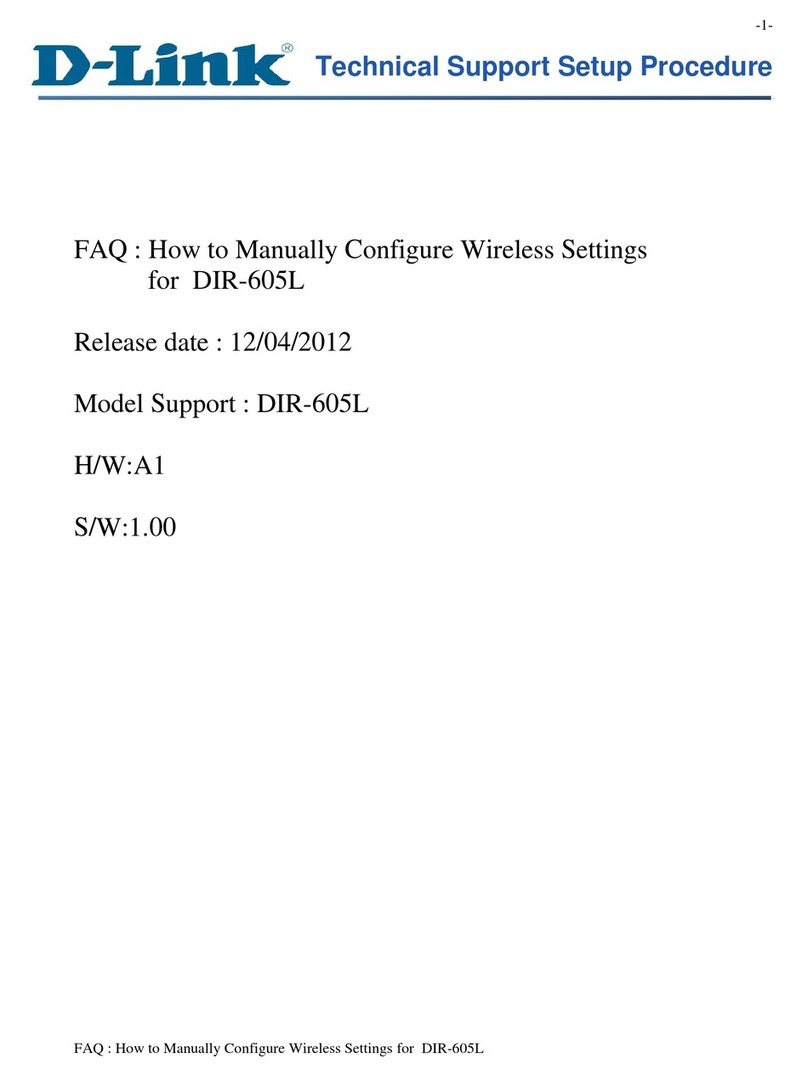
D-Link
D-Link DIR-605L Technical Support Setup Procedure
